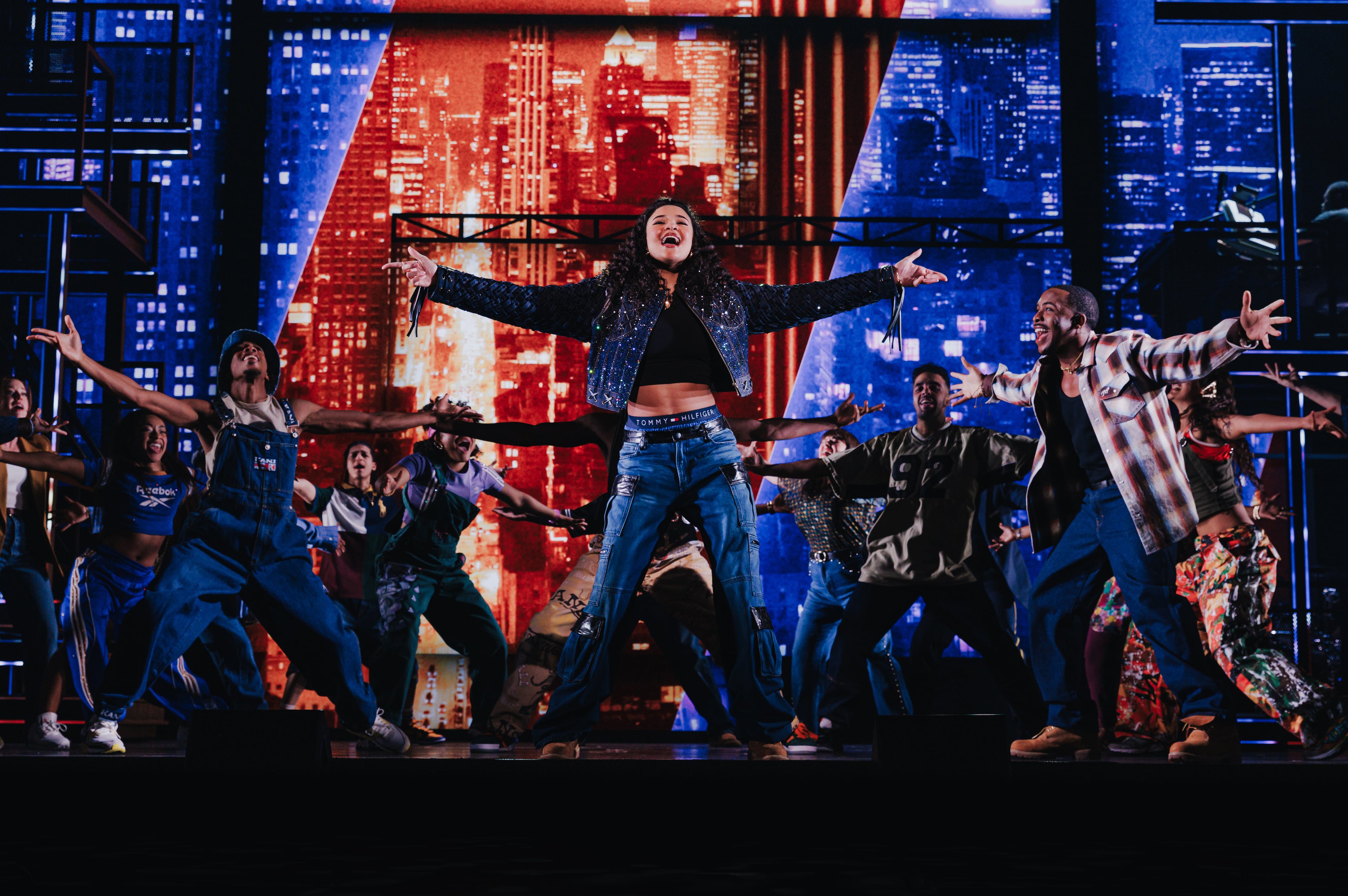29 reasons to celebrate Black History Month: No. 20, the Harlem Renaissance
February marks Black History Month. Follow the AJC this month for a series of short stories and videos and people, places and events that played a significant role in the development of black people in America.
No. 20
The Harlem Renaissance: The Harlem Renaissance was a glorious period spanning roughly from 1917 to 1935 when black culture, art, music and social activism flourished. The period was originally called the "New Negro Movement," after the 1925 anthology by scholar Alain Locke, "The New Negro: An Interpretation." In it, Locke wrote: "Negro life is seizing its first chances for group expression and self-determination."
While it wasn’t confined there, Harlem was the cultural mecca attracting black artists, writers, photographers, musicians and poets, many fleeing the oppression of the South and seeking freedom to develop their talents.
African-Americans used the arts to display their humanity and push for equality. Many blacks began to publish novels, magazines and newspapers during this era. Even mainstream publishing houses provided more opportunities for black writers to be exposed to a national and global audience.
The legacy of the Harlem Renaissance helped to redefine how the world viewed African–Americans, morphing from a stereotypical undereducated, rural image to a more educated, sophisticated and urbane image. This new identity led to African–Americans becoming players on the world stage.
The period’s cultural heart and nourished such figures as W.E.B. Du Bois, Langston Hughes, Claude McKay, Countee Cullen, Arna Bontemps, Zora Neale Hurston, Jean Toomer, Walter White and James Weldon Johnson.



